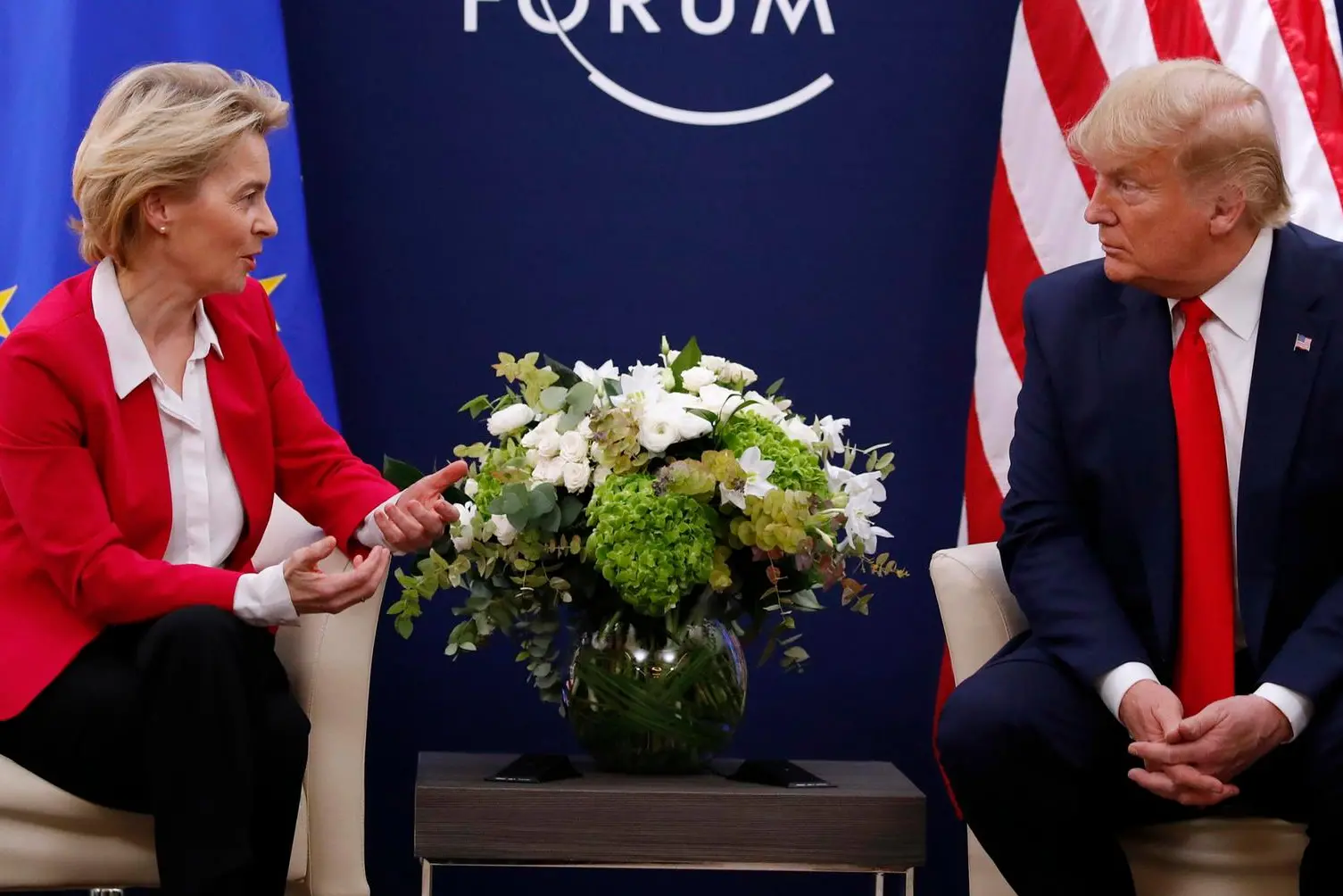Tariffs: Europe opts for armed truce: new measures worth €72 billion
Trump: "We've been robbed for years." Paris leads the hardliners: "We need to evaluate the bazooka."Per restare aggiornato entra nel nostro canale Whatsapp
The holster remains closed, but the blows are counted. Still smarting from an agreement that—by the chief negotiator Maros Sefcovic's own public admission—"seemed close," Europe has opted for a semi-armed truce.
The anti-coercion bazooka , evoked for months as a last resort, remains a warning and instead the second list of counter-tariffs is taking shape . Although lightened with diplomatic care to hit the big shots of Made in USA products up to 72 billion euros .
A "calibrated" pressure to avoid upsetting the negotiations and, at the same time, to avoid being caught unprepared by a no-deal outcome.
Across the Atlantic, however, Trump marches on without hesitation, reviving the narrative of the great plunder. "The United States has been robbed by friends and enemies, in trade (and in the military!), for decades," he thundered again, reiterating his promise to "do what's right for America." A thrust later blunted by a reference to the possibility of "dialogue."
"The feeling was that we were close to a mutually beneficial agreement," Sefcovic acknowledged as he welcomed the relevant ministers of the Twenty-Seven to Brussels, who shared the same sentiment of "regret and disappointment" over the tycoon's letter.
The 30% rate is seen as "prohibitive" for transatlantic trade. But while there is still consensus among governments on the new halt to the first €21 billion retaliatory measure, some are beginning to resent Ursula von der Leyen's soft line . Leading the intransigent faction is Paris, which, through Minister Laurent Saint-Martin, has called, along with Vienna, for Big Tech to be targeted . "There must be no taboos in the European response," the Frenchman emphasized, recalling that the "balance of power" was triggered by Trump himself.
And The Donald's goal "does not seem to be harmony," Austrian Wolfgang Hattmannsdorfer added.
Counterbalancing the pressure are Rome —represented at the table by Undersecretary Maria Tripodi, while Minister Antonio Tajani flew to Washington to meet Marco Rubio—and Berlin, which, seeing the White House tenant's letter as a negotiating move, continue to preach caution.
"This isn't a boxing match," Minister Francesco Lollobrigida also warned from Brussels, emphasizing the risk of an escalation that would double-hit the same European companies. The August 1 deadline is just over two weeks away, and Europe, Sefcovic assured, "won't leave without making a concrete effort."
This is already evident in the new exchange between the EU Trade Commissioner himself and his US counterparts Howard Lutnick and Jamieson Greer, although there are concerns within EU institutions that even they cannot truly influence Trump's negotiating mood. At the heart of the dossier, a question remains: what is the lesser evil for Europe, considering that the minimum 10% target with discounts in strategic sectors seems difficult to achieve.
European concessions are already on the table: from American LNG to support for the US defense industry. Italy, in Lollobrigida's proposal, also suggests increasing imports of protein sources like soy from overseas. But if even these proposals aren't enough, the Danish EU presidency is also urging a "flex of muscle" and the activation of counter-tariffs, which—combining the two packages outlined so far—would bring the European response above the €90 billion threshold.
In the background, diversification remains a priority to reduce dependence and overcome structural weaknesses. With Beijing, ahead of the July 24 summit, Brussels sees "progress" on restrictions on rare earths, but continues to call for a fast-track approach. Meanwhile, it is also looking beyond, preparing to relaunch the CPTPP, the Trans-Pacific Partnership (TPPP) alternative to the WTO.
(Unioneonline)
